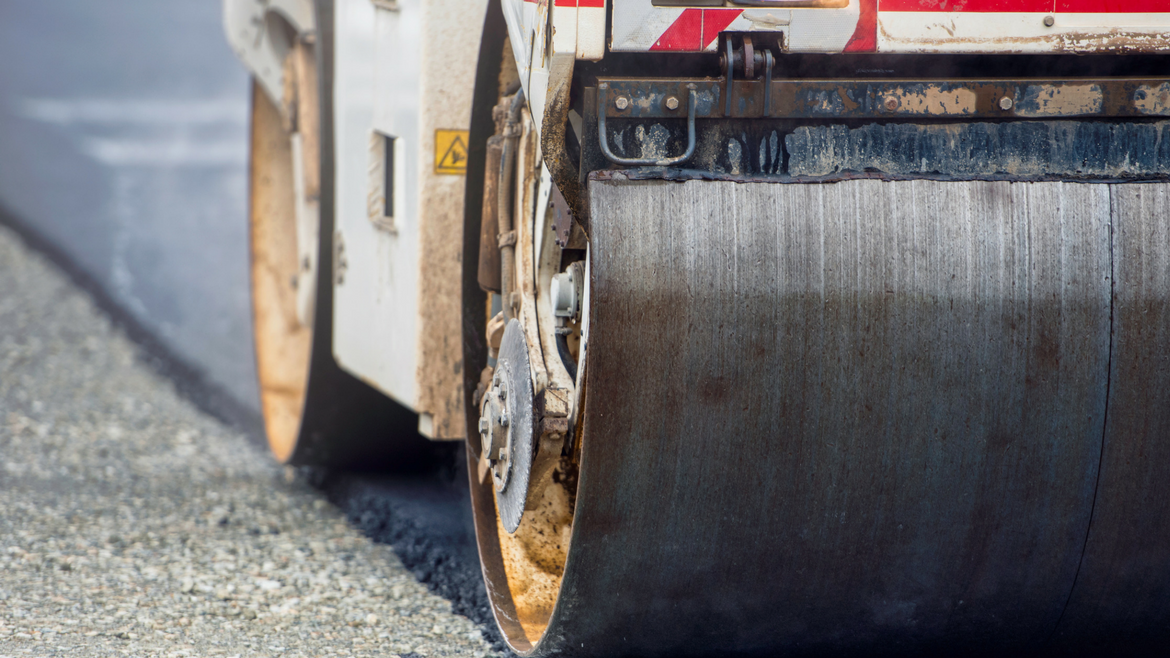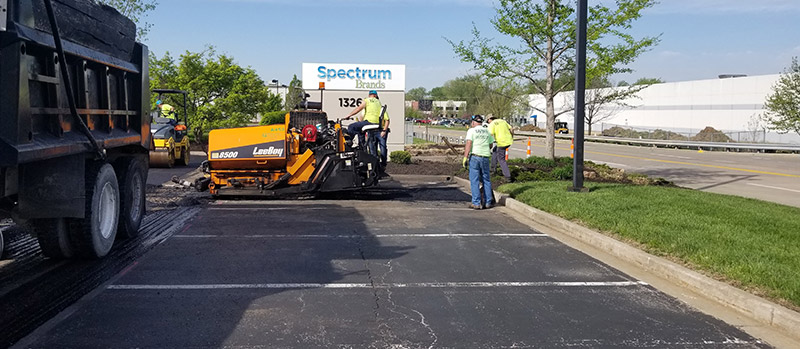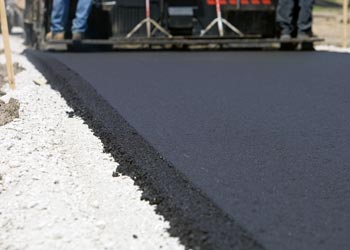The Main Principles Of A1 Professional Asphalt & Sealing Llc
Table of ContentsA1 Professional Asphalt & Sealing Llc - Truths5 Easy Facts About A1 Professional Asphalt & Sealing Llc ExplainedSome Known Details About A1 Professional Asphalt & Sealing Llc Excitement About A1 Professional Asphalt & Sealing LlcThe Best Strategy To Use For A1 Professional Asphalt & Sealing Llc

The oil in a vehicle engine is not just oil. The REOB has all the additives that were in the waste oil as well as the wear metals from the engine (primarily iron and copper).
By making lots of blends using different REOB samples and various asphalt binders, the variants largely can be balanced out. Several States offered samples of known REOB make-up to TFHRC researchers, who evaluated the examples to compare the portion of added (known) REOB to the discovered (checked) quantity. The evaluations showed an equivalent percentage of added and discovered REOB.
The Of A1 Professional Asphalt & Sealing Llc
They obtained a frustrating feedback. The TFHRC researchers assessed 1,532 examples from 40 States, one Canadian province, and two Government Lands Highway departments. They evaluated each sample twiceamounting to greater than 3,000 analyses. None of those States understood that the asphalt they were getting had REOB. One State urged its samples had no REOB.
Of the 1,532 samples tested, 12 percent had REOB, and some had substantially high levels of it at 1020 percent. The greatest level was 34 percent in a sample from Texas, which TxDOT had used in a patching substance. This testing also disclosed the existence of phosphoric acid in 11 percent of the examples, and 2 percent had ground tire rubber.
2 years earlier at TRB's yearly meeting, the Federal scientists held an REOB workshop and offered the findings of their laboratory evaluations to a standing room-only crowd. Some companies do not especially prohibit REOB, they do enforce physical tests that avert its useeffectively a ban. Others do not ban it by requirements, but have contracts with asphalt vendors to avoid making use of REOB
A1 Professional Asphalt & Sealing Llc Fundamentals Explained
A handful do enable REOB, some within specific limits. For instance, Ohio and Texas restriction degrees to less than 5 percent of the asphalt. To develop a trusted examination method that all States can make use of, the TFHRC scientists set up a round-robin test plan. The participants are 11 State freeway firms (Illinois, Massachusetts, Minnesota, Mississippi, Montana, North Carolina, Oklahoma, South Carolina, Texas, Vermont, and Wyoming), 2 independent screening laboratories, the Ministry of Transportation in Ontario, Queen's University in Ontario, and an Ontario paving professional.
The participants are testing the examples separately using the guidelines supplied by the TFHRC researchers. The output will certainly be a proposed AASHTO test technique that any State can take on and make use of.
The pavement with REOB, which lies 0.6 mile (1 kilometer) from the pavement without REOB, has similar subgrade, web traffic density, and climate. The sector of Highway655 with 5 to 10 percent REOB revealed significant fracturing. In this example, the presence of REOB was the determined root cause of fracturing at a reduced temperatures.
A section of examination sidewalk in Minnesota (MN1-4) found to consist of REOB likewise cracked prematurely. The sidewalk performed well for the very first 3 to 4 years, yet then began to fracture.
Indicators on A1 Professional Asphalt & Sealing Llc You Should Know
The tests were not substantial, yet they showed that at levels of 6 percent or more, the tensile toughness of the asphalt went down dramatically. At a degree of 3.5 percent REOB, the variation in the physical test techniques was above the result of REOB. Actually, it was difficult for researchers to assess whether REOB existed.

One special info binder criterion considered is the distinction in between the reduced temperature level critical requirements temperature for stiffness (S) in the bending beam rheometer and the flexing light beam rheometer creep incline (m-value) noted as Tcritical. TC = TC (S) TC (m-value). Analysis of this criterion is still recurring. Two independent research study teams, one from AASHTO and the other from the Asphalt Institute, ended that even more research study is needed on using REOB in asphalt.
Formerly, all asphalt testing gauged engineering homes such as stiffness. These examinations do not show what materials had actually been added to the asphalt.

The A1 Professional Asphalt & Sealing Llc Ideas
These outcomes show there are weak points in the standard engineering screening protocols that might be manipulated. The producer may have a financial benefit and the product passes all the standard examinations, however the product may not be advantageous to guaranteeing long-lasting performance. To address this issue and the expansion of brand-new asphalt ingredients and extenders, TFHRC is starting a research study program to use handheld spectroscopic devices, x-ray fluorescence spectroscopy, and Fourier transform infrared spectroscopy to make it possible for evaluations to be done in the field as opposed to needing to take samples back to the lab.